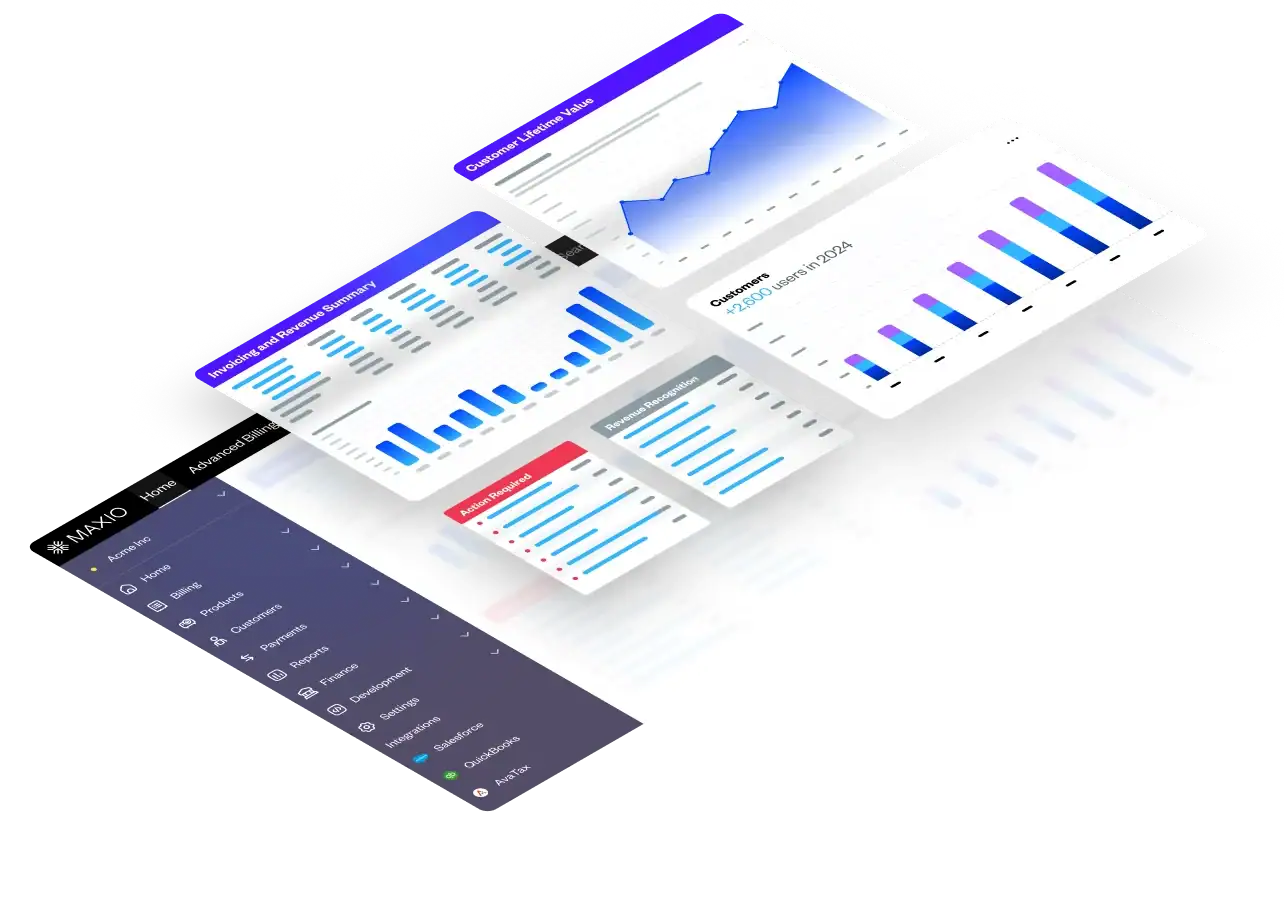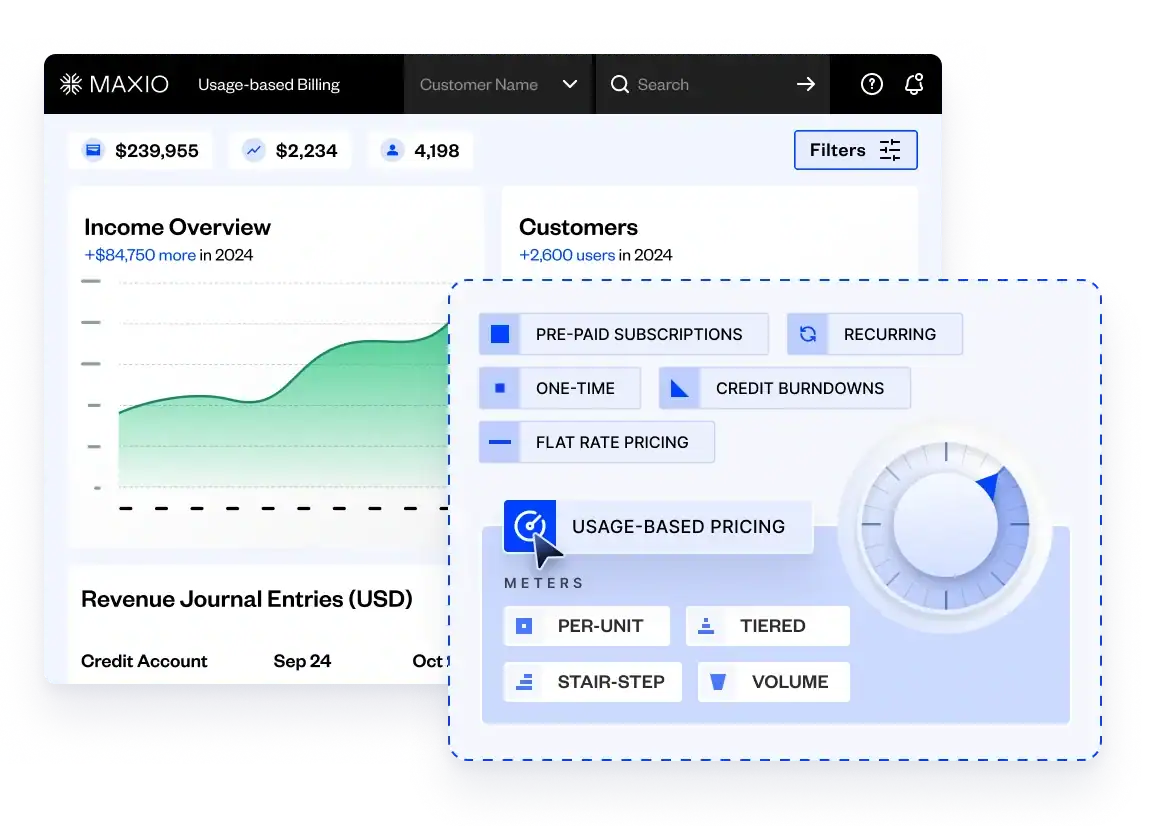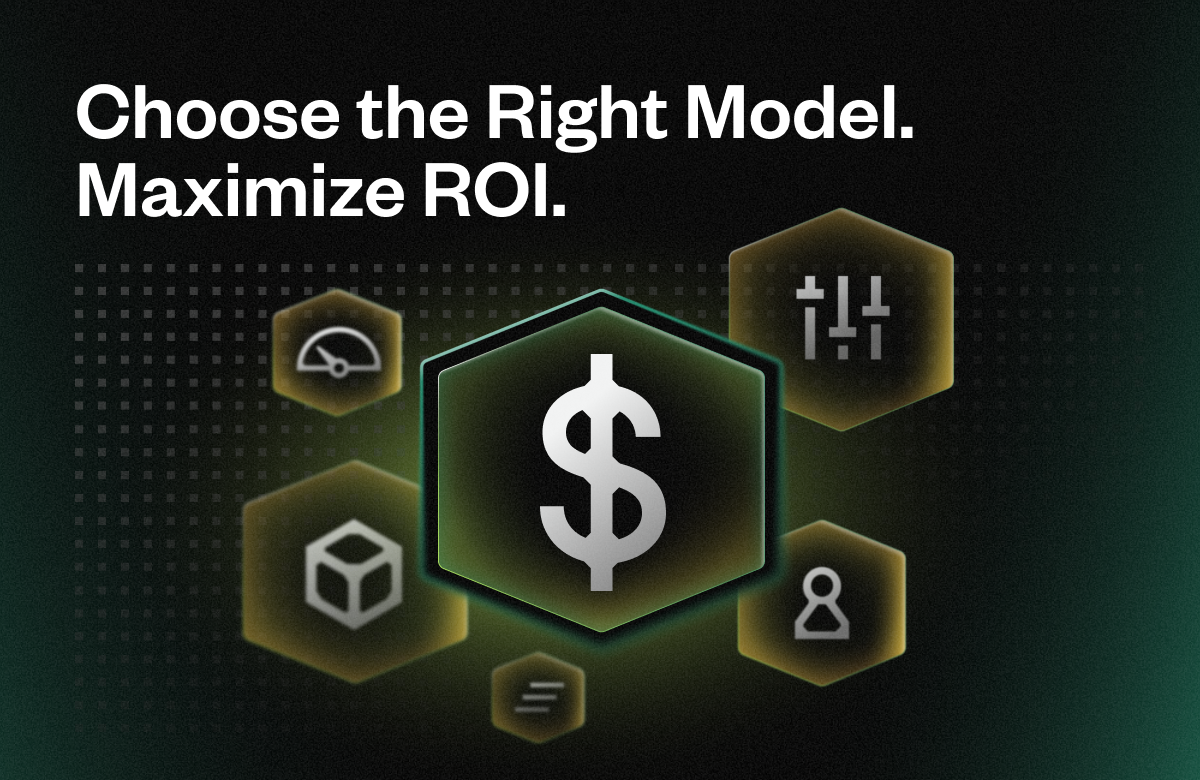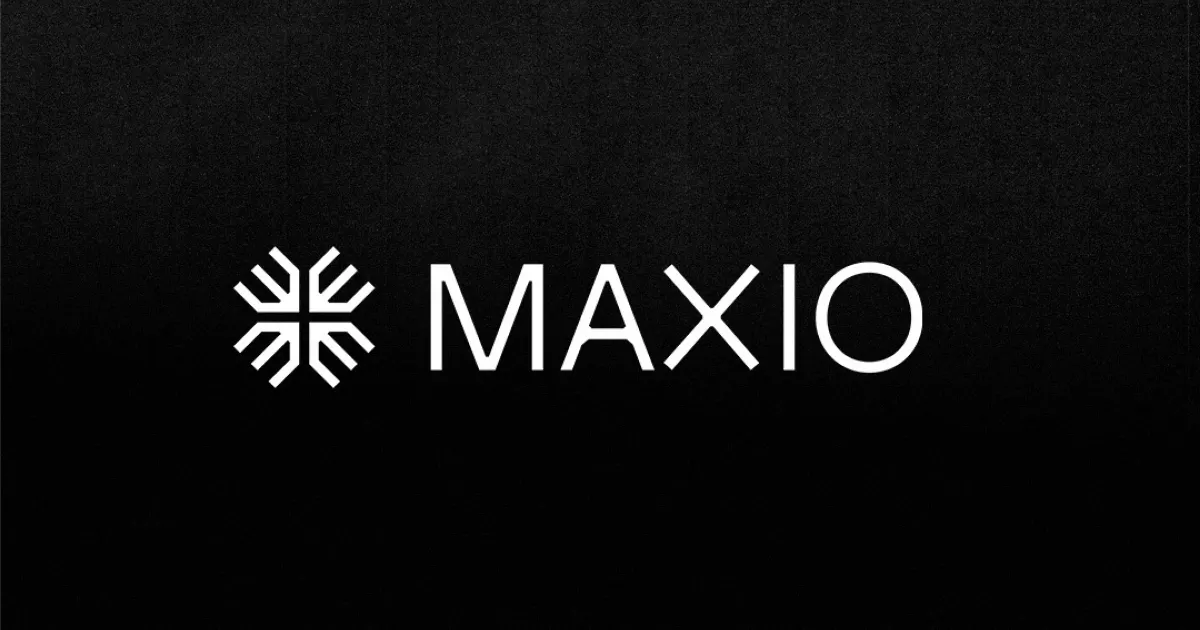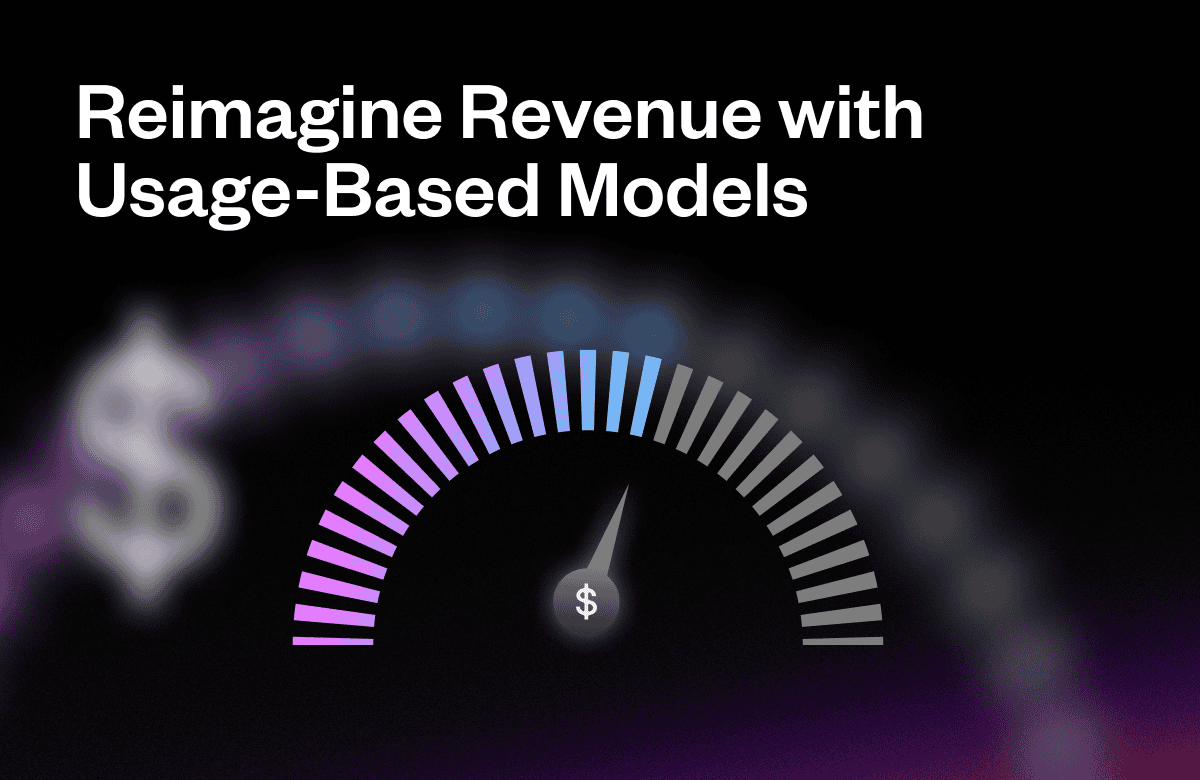SaaS companies have various pricing strategies available to them as they consider product pricing, and each comes with strengths and weaknesses.
In particular, value-based pricing is a powerful option for many SaaS companies because it allows them to set a final price based on what their customer base is most likely to value. This focus on customer value allows for higher sales and also a potentially higher profit margin.
Throughout this article, you will see a number of pricing approaches, direct comparisons to value-based pricing, and all of the key information to show you why this strategy is so popular and why it might be the best route for your SaaS company.
What is value-based pricing?
Value-based pricing is a pricing method that focuses on setting each price according to how customers perceive its value. Value-based pricing is an effective pricing strategy for high-value and easily distinguished products, such as SaaS companies that have achieved product/market fit.
This pricing model is quite different from other common pricing models, like cost-plus pricing and competitor-based pricing, which rely on external factors like R&D costs or competitor pricing. Instead, value-based pricing is based on the ROI that a SaaS business generates for its users. In essence, if your SaaS can help your users save or make more money than they’re spending to work with you, then you’re delivering value.
Benefits of value-based pricing
To really understand the value of this pricing strategy, we can look at three specific benefits that are tied to value-based pricing:
- Enhances customer loyalty. Delivering consistent value over time is the key to developing brand loyalty. Loyal customers have greater LTV and will continue subscribing to your SaaS—ultimately resulting in greater profit margins due to the lack of customer churn.
- Results in higher price points. As your customers develop brand loyalty, their willingness to pay higher prices rises. This results in an upward trajectory wherein your brand gains momentum to continue boosting prices to meet their demand and perception of your product’s value.
- Enables focus on customer service and customer feedback. At a certain level, customers begin valuing service over savings and are willing to pay a premium for a quality product with service to back it up. Businesses that go this route often invest in their customer service teams, helping to double down on ensuring customer and brand loyalty. At the same time, two-way conversations from the customer service team are the perfect opportunity to collect customer feedback and help maintain a close eye on customers’ perceived value.
When you focus on the value of the product, you find more opportunities to optimize your price point and increase your brand value. To this end, increasing the price (within reason) can create a positive feedback loop that further adds value to your product and your brand.
Challenges of value-based pricing
While the benefits of value-based pricing are compelling, it’s not quite that simple. Simply raising your prices isn’t enough to create an infinite loop of increasing value. In fact, there are three specific challenges that you should understand before diving into a value-based pricing strategy:
- Product prices are harder to set. Using value-based pricing requires significant time and energy spent on understanding your customers’ view of the value of your product. You’ll need to continue to watch as customers’ perceptions shift over time, which requires a long-term investment in time spent just making sure your pricing aligns with customers’ personal product valuations.
- There’s room for error. It’s not uncommon to make a few mistakes when first setting prices with a value-based pricing strategy. While there are tools to use to approximate the ideal price for your products—like price sensitivity measurements and feature analyses—there are no guarantees that you’ll get it right from the start. Those first few months of feeling out the market to find your ideal pricing may be hard on sales and revenue generation because of it.
- Potential for lower markups. The customer’s perception of your product might not always reflect your internal assessment. When this happens, you may be forced into a lower price, and you have to raise the value of your brand in order to improve perception to eventually justify higher prices.
Value-based pricing is a challenging prospect, and even though it provides chances for higher prices and profit margins, your target market could also force your prices down and hurt your bottom line.
Factors that impact value-based pricing
If you’re just another provider in a sea of similar products, your price point will be low, and you won’t convey a sense of value to your target customers. This is not the ideal outcome for any business. However, if you can leverage the following aspects, you can push your value higher.
Market segmentation
Market segmentation is a technique where you group your potential customers according to specific metrics, needs, or descriptions. You then study each segment to figure out their pain points, most valuable use cases, and what they’d be willing to pay for your SaaS.
This information can help you anticipate how each customer segment will value a particular product or service. In terms of a value-based pricing model, market segmentation is a tool that helps you analyze your target audience and figure out what they might think your product is really worth.
Product scarcity
Product scarcity is a description of how available a product is relative to its demand. In general, higher scarcity creates a perception of higher value and can justify higher price points. This means that identifying and even developing scarcity can help your pricing model.
If your SaaS is one-of-a-kind, or if there is just a small handful of software companies that do what yours does, then there is scarcity in the market.
Product differentiation
Product differentiation is what distinguishes your product from those of your competitors. For a SaaS company, features, design elements, availability, ease of use, customization, and many other factors can all tie into product differentiation.
When you use value-based pricing, clear product differentiation correlates with a customer’s willingness to pay higher prices or endure inconveniences for the sake of accessing your software. High levels of product differentiation can help with the perception of scarcity.
How to implement a value-based pricing strategy
There are three main elements in implementing a value-based pricing strategy: analyzing your audience, collecting customer feedback, and building pricing tiers based on the data you’ve compiled. Looking at each in more detail can help illuminate a successful marketing strategy built around value-based pricing.
Analyze target audience and customer data
With value-based pricing, it’s imperative that you wholly understand your customer; their wants and needs; and more so than anything else, their opinions of your product.
Be sure your buyer personas are fully developed, and undergo thorough research into the target audience that each persona represents. Review their personal background, their job titles, their pain points, and their expectations.
Then, dig into your actual customers to identify all of the same information. Confirm that your personas accurately represent those who buy from you, then confirm that you’ve got a firm grasp of what your customers are looking for and find valuable.
Actively collect customer feedback
Value-based pricing strategies should always include intentional efforts to request customer feedback—either via surveys or by asking customer satisfaction questions to those who submit help desk tickets, by reviewing online forums, or through other methods. All of this feedback is highly valuable in gauging the shifting value of your product or service.
At the same time, it’s helpful to do a little market research and review competitors’ products, and how their pricing works as well. While competitive pricing is not a core element of value-based pricing, it is necessary to review how customers feel about your competitors, and how they value their products or services. This information will be just as useful in assessing your selling price.
Merge data gleaned to create pricing tiers based on value
Review the insights you’ve collected and build data sets to compare and contrast trends in customer opinions; what features are most valuable, and which are less so.
With your data properly laid out, you’ll see which services or features can be grouped together into high-value/high-price offerings, and which can be offered at an entry-level price point. This information will be essential for periodically reviewing and adjusting pricing tiers or product bundles to ensure that you are optimizing your price points.
Examples of value-based pricing
One of the most common and well-understood examples of value-based pricing is the housing market. The value of a house can vary quite a bit, and over time, the value of the home tends to differ greatly from the cost of building it. The housing market depends almost entirely on buyer perception, and things like scarcity and differentiation clearly impact the cost of any specific house.
Another example that hits a little closer to home, for those in the SaaS industry at least, is that of the Apple brand. Apple’s business strategy is famous for charging premium prices for their products and services, and the brand has an immensely loyal customer base as a result. When consumers purchase an Apple computer, for instance, they are well aware that they’re not getting the lowest price. However, there is a sense of prestige and reliability that goes with the purchase. Apple presents itself as a provider of quality products largely through their pricing model and the differentiated features that clearly separate Apple from direct competitors. This is essential in value-based pricing and a core example of how it can flourish.
You can see how these ideas might apply to your target companies as a SaaS provider. While estimating value is not an exact science, the ability to justify higher prices can absolutely generate a perception of value.
When and how to utilize value-based pricing
In many cases, software is a prime candidate for value-based pricing. The cost of software development scales lightly with increased sales, meaning you can use value-based pricing and ensure you don’t incur losses on lower-valued product pricing tiers.
As customers’ perceived value changes over time, you must modify your pricing in turn. This is why so many software products utilize flexible pricing tier models along with a back-end financial operations system that makes pricing adjustments effortless.
Maxio, for instance, allows SaaS businesses to easily adjust their pricing tiers as needed to ensure they align with their customers’ perceived value of a product. If this sounds like a useful tool for your business, we encourage you to schedule a demo and see how we can help you make the most of your value-based pricing strategy.
